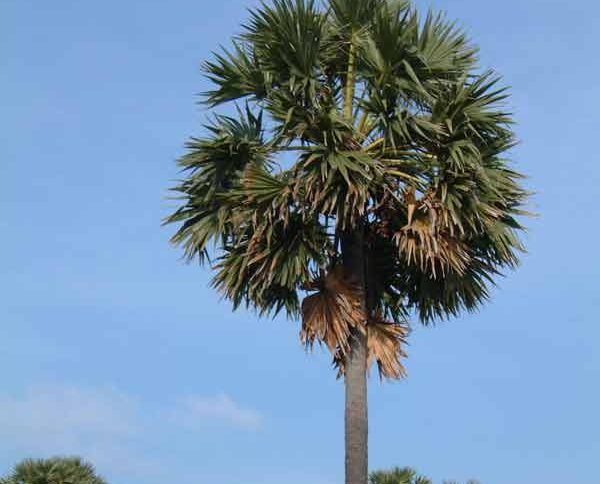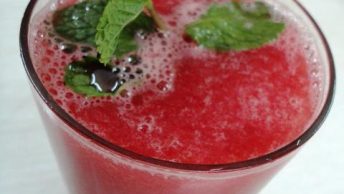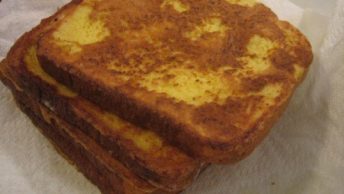TAALA: (Borassus flabellifer)
Family: Palmae
Sanskrit name: Tala
Hindi name: Tada
In his hand, a spear . . .
In his black hair…white leaf needles
from the crest of the young palmyra
~ Purananuru (circa 1st century A.D.)
The palmyra palm was a royal emblem of the original inhabitants of south India, and the ruler’s crown was made from the pale spikes of its fanned leaves. Even today in the southernmost Indian state of Kerala these fine white knots gleam against the dark timber of temple arches on ceremonial occasions, elsewhere the palm leaves are woven into sleeping mats and fans, or into capes by workers in the paddy fields against the violence of tropical storms.
Because so many of their religious texts are preserved on palmyra leaves, the palm is sacred to Hindus and Buddhists.
For centuries, the tree was the guardian of scholarship, with palmyra leaves the material used for books and records until replaced by the discovery of paper.
The jellylike pulp of the palm’s fruit and the young fruit kernels make pleasant eating, while the germinated nuts are cooked as a vegetable dish. But the great culinary value of the palmyra lies in the thick saccharine sap, which is tapped
through incisions in the branches of fruit and exuded into strategically placed earthenware pots. The predawn tapping is reputed to taste like nectar. If this sweet sap is drunk immediately it is a nutrient and stimulant, being full of vitamins.
It is prescribed by Ayurveda as a healthy laxative if drunk over a few days, and used as a diuretic as well as for treating gastric catarrh and inflammatory infections.
More often the sap is fermented, frothing in the earthenware jars as the sun begins to climb and heat the liquid. Then it is either drunk as tadi, which the British call “toddy,” or distilled into the more potent spirit known as arak.
Twice a
year the tree sap yields a molasses which is made into country sugar called “jaggery,” the most common form of sweetening and the base for sugar candy throughout southern India. As large parts of this area of India are governed by
matriarchal societies, it is hardly surprising to the local population that the female palmyra tree yields twelve times more molasses than its male counterpart!
Excerpted from The Garden of Life by Naveen Patnaik.
Illustration: Photograph of a Palmyra Tree.

All reactions:
6







